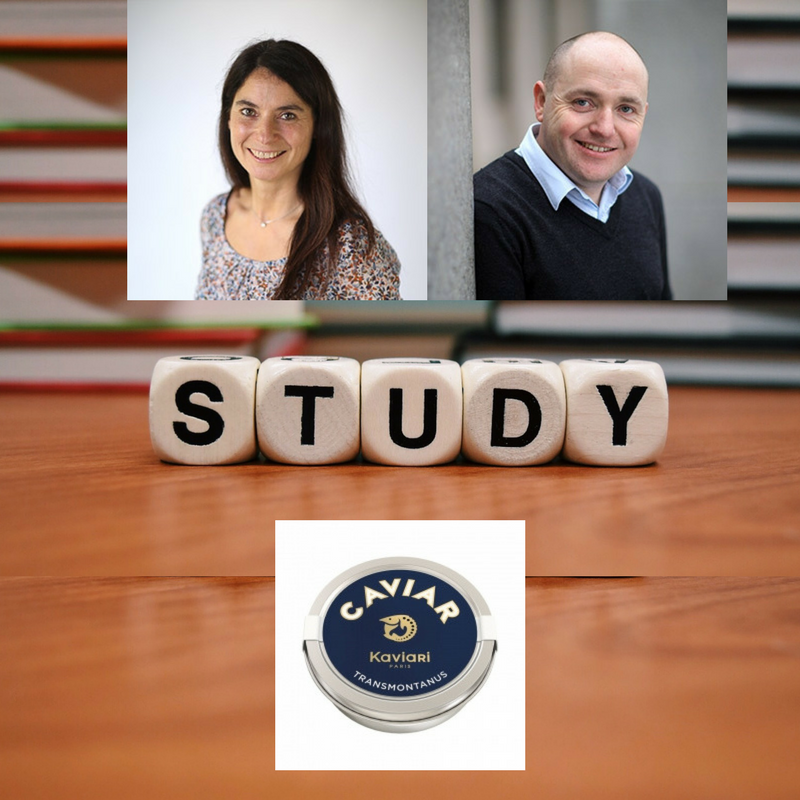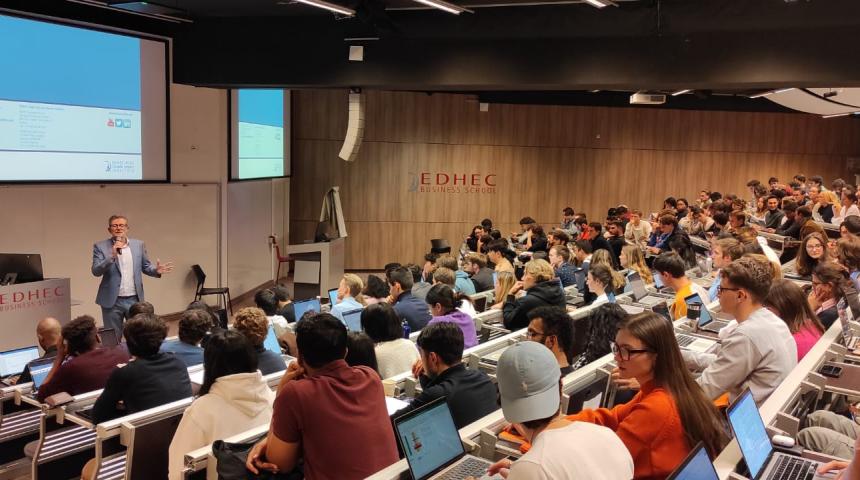[Case Study] "Kaviari: Pure Caviar"

It is some kind of "Caviar" with regard to case studies...Indeed, this is the first time a case study published by EDHEC faculty features on the Harvard Publishing website. Sabine Ruaud, Professor of Marketing, and Peter Daly, Professor - Managerial Communication at EDHEC Business School, together with two other co-authors (Ronald Kamin, Education Professional and Eric Dolansky, Brock University, Ontario, Canada) have published a case study on Luxury Management entitled "Kaviari: Pure Caviar" in the Case Research Journal (CRJ). The CRJ is the leading academic journal for cases in business and related disciplines in North America. The case study is available via the NACRA online distributors, including Harvard, Richard Ivey School of Business, and University of Toronto.
Regarding the purpose of this case study on Kaviari, Peter Daly and Sabine Ruaud said:
“This case study has three objectives. The first is to explore the caviar market in France. The multitude of players (producers, “traders/merchant-affineurs”, importers, food brands), the interactions of the various distribution channels (wholesalers, retailers, fine food stores, direct sales), the sophistication of the product itself (the numerous sturgeon species, countries of origin, “subjective” attitudes about caviar, the legacy of the product, but also the raw materials that are subject to much commercial venture) make for a complex market, which is all the more opaque, given that some key success factors are specific to the different subsets that constitute them. First of all, the students need to define the market in which Kaviari’s business is evolving, and identify and understand the issues the CEO is experiencing.
The second objective requires an in-depth study of the competitive position of Kaviari by analyzing and also extrapolating from the quantitative analytical data available. These reflections will enable the students to devise a segmentation approach, including targeting and positioning, prior to discussing potential marketing strategies.
The final objective is to reach a decision. The students must be able to respond to the challenges faced by Kaviari, with particular reference to the key success factors of the market segments in relation to the competitive advantages of the “trader/merchant-affineur”.



